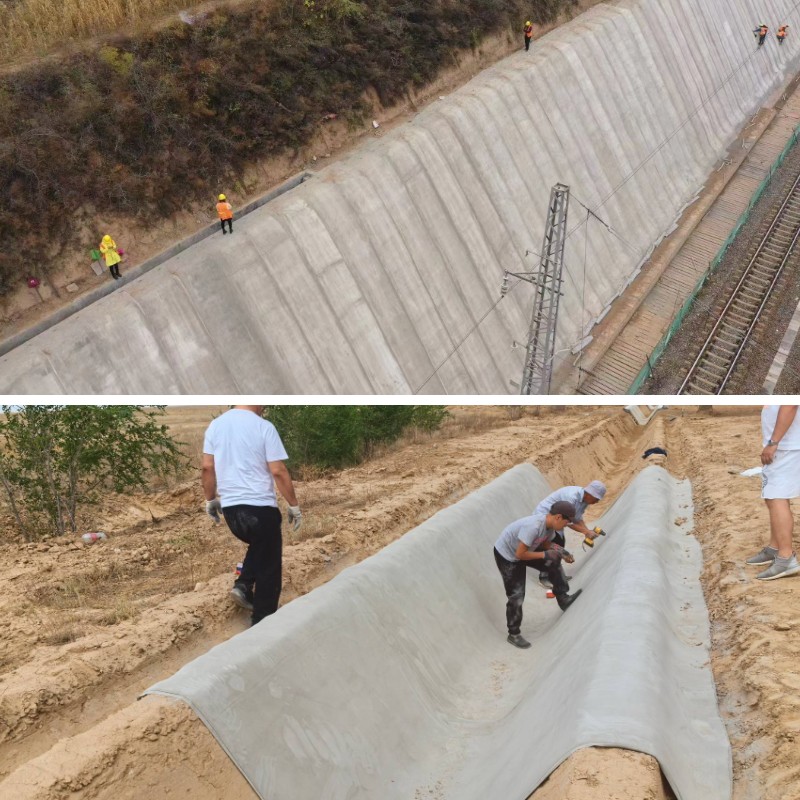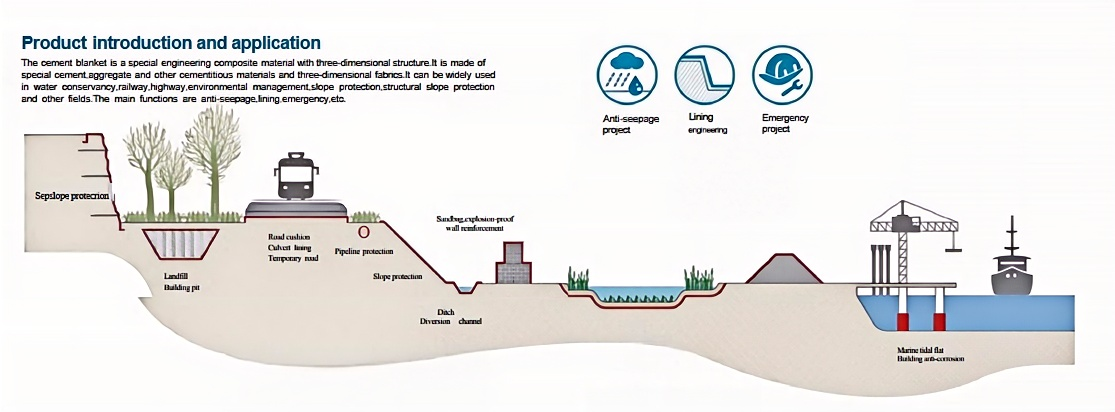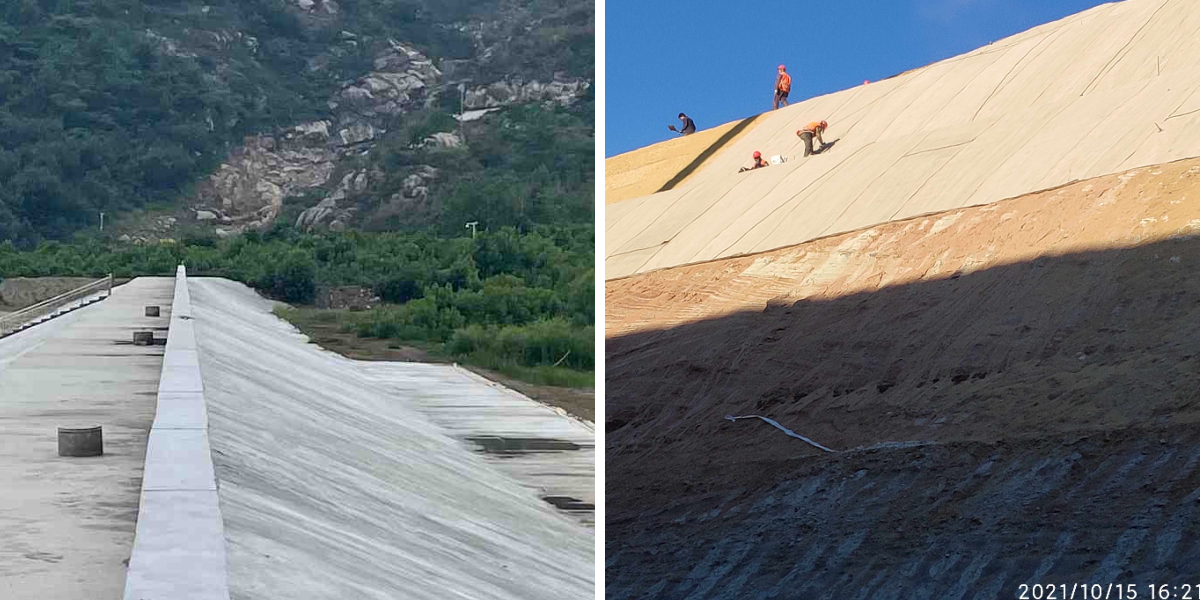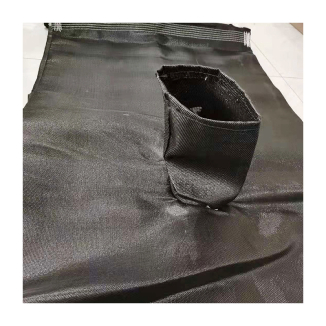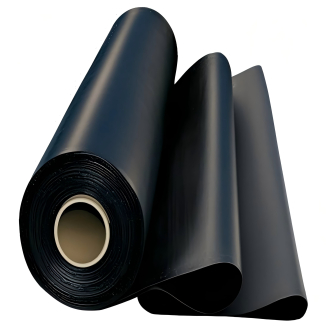Can Cement Blankets Be Used in Cold Weather?
When it comes to building in bloodless climates, deciding on the proper substances can make or wreck a project. Among the modern options gaining traction in current years are cement blankets, additionally regarded as concrete cloth or cement cloth.
These prefabricated substances provide comfort and efficiency, however a frequent query lingers: can they maintain up in bloodless weather? In this guide, we’ll dive into the houses of cement blankets, their overall performance in low temperatures, and how to use them efficiently when the mercury drops.
Understanding Cement Blankets: What Are They?
Before exploring their cold-weather capabilities, let’s make clear what cement blankets are. A cement blanket is a bendy material infused with dry cement powder. When activated with water, the cement hydrates, hardening into a durable, inflexible structure. This makes them perfect for speedy construction, repairs, and erosion control. Similarly, concrete cloth and cement material refer to the equal kind of material, emphasizing their canvas-like flexibility earlier than hydration and cement-based power afterward.
These substances are designed to simplify initiatives that would historically require mixing, pouring, and curing concrete on-site. Their portability and ease of use have made them famous in far flung places and time-sensitive jobs. But does this comfort prolong to bloodless weather?
How Cold Weather Affects Cement Hydration
To reply whether or not cement blankets work in bloodless weather, we have to first apprehend how temperature influences cement hydration. Cement hardens thru a chemical response between water and cement particles, releasing warmth in the process. This response slows substantially in temperatures under 50°F (10°C) and can almost end under 40°F (4°C). Freezing temperatures (32°F/0°C and below) are even extra problematic, as water trapped in the cement can expand, inflicting cracks and weakening the structure.
Traditional concrete requires cautious temperature administration in bloodless weather—often the usage of heated water, insulation, or accelerants. But considering that cement blankets come pre-mixed with dry cement, their hydration manner is extra controlled, however now not completely immune to cold.
Can Cement Blankets Withstand Cold Weather?
The brief reply is: yes, however with precautions. Cement blankets, inclusive of concrete cloth and cement cloth, can be used in bloodless weather, however their overall performance relies upon on temperature, preparation, and curing conditions.
Temperatures above 40°F (4°C): In rather bloodless conditions, cement blankets can hydrate successfully with minimal greater steps. The warmness generated all through hydration (known as warmness of hydration) can assist hold a appropriate temperature for curing, mainly if the blanket is excellent insulated after activation.
Temperatures between 32°F (0°C) and 40°F (4°C): Here, the chance of sluggish hydration or freezing increases. Without intervention, the cement may also now not therapy fully, main to decreased strength. Insulation and maybe heating the water used for activation turn out to be necessary.
Temperatures beneath 32°F (0°C): Using cement blankets in freezing climate is difficult however feasible with strict measures. The key is to forestall the hydrating cement from freezing at some point of the indispensable preliminary curing duration (typically the first 24–48 hours).
Best Practices for Using Cement Blankets in Cold Weather
To make certain success when the usage of cement blankets, concrete cloth, or cement fabric in bloodless conditions, observe these guidelines:
1. Choose the Right Time for Installation
Check the climate forecast and goal to installation the cement blanket for the duration of the warmest phase of the day. Even a few ranges can make a difference in hydration speed. Avoid putting in if freezing temperatures are anticipated inside 24 hours of activation, until you can supply non-stop protection.
2. Prepare the Surface
Cold climate frequently ability frozen floor or moisture, which can intervene with adhesion and hydration. Clear the floor of ice, snow, and frost, and make sure it’s dry earlier than laying the cement blanket. If the floor is frozen, think about the use of a floor heater or ready for a thaw to stop bloodless from leaching warmth from the hydrating cement.
3. Use Warm Water for Activation
The water used to moist the cement blanket immediately impacts hydration. In bloodless weather, heat (but now not boiling) water speeds up the preliminary reaction, producing warmth faster. Aim for water temperatures between 100°F (38°C) and 120°F (49°C)—hot adequate to kickstart hydration however no longer so warm that it damages the fabric.
4. Insulate to Retain Heat
After activating the cement blanket, insulate it to entice the warmth of hydration. Options encompass overlaying it with straw, tarps, or foam boards. For intense cold, use heating blankets or thermal blankets designed for construction. The purpose is to hold the temperature of the hydrating cement above 50°F (10°C) for at least forty eight hours.
5. Consider Accelerants
Some cement blankets are like minded with cement accelerants, which velocity up hydration in bloodless weather. These components decrease the time wished for the cement to attain quintessential strength, reducing the chance of freezing. Check the manufacturer’s tips (without referencing particular brands) to see if accelerants are advocated for their product.
6. Avoid Over-Wetting
In bloodless weather, extra water can extend the chance of freezing. Apply water evenly however sparingly, following the product’s instructions. Over-wetting can additionally weaken the ultimate structure, regardless of temperature.
Advantages of Using Cement Blankets in Cold Weather
Despite the greater steps, cement blankets provide special advantages for cold-weather tasks in contrast to usual concrete:
Rapid Deployment: Cement blankets are quicker to set up than mixing and pouring concrete, which is fundamental in bloodless climate the place working time is limited.
Controlled Hydration: The pre-measured cement in concrete cloth and cement fabric reduces the chance of wrong mixing, a frequent trouble with regular concrete in bloodless conditions.
Flexibility Before Curing: Their cloth base permits them to conform to uneven surfaces, even in bloodless weather, making sure higher insurance than inflexible concrete forms.
Reduced Material Waste: Unlike usual concrete, which can be wasted if it freezes earlier than curing, cement blankets reduce waste when used correctly.
Potential Challenges and Limitations
While cement blankets are versatile, bloodless climate introduces particular challenges:
Slower Curing: Even with precautions, hydration may additionally take longer in bloodless weather, delaying task timelines.
Higher Costs: Insulation, heat water, and heating tools add to the undertaking budget.
Risk of Freezing: A surprising drop in temperature or failure to insulate top can smash the cement blanket, requiring replacement.
Post-Installation Care in Cold Weather
Curing doesn’t quit as soon as the cement blanket feels hard. In cold weather, proceed defending it for at least 7 days (longer in excessive cold) to make certain full power development. Maintain insulation, keep away from stressful the surface, and shield it from snow or ice accumulation, which can introduce extra moisture and cold.
When to Avoid Cement Blankets in Cold Weather
In some cases, bloodless climate makes cement blankets impractical. Avoid the use of them if:
Temperatures are constantly beneath 20°F (-7°C) and no heating or insulation is available.
Heavy snow or rain is forecasted right away after installation, as this can wash away uncured cement or introduce freezing moisture.
The undertaking requires instantaneous energy (e.g., load-bearing structures) and bloodless climate will lengthen curing too long.
Alternatives for Extreme Cold
If cement blankets aren’t feasible, think about these choices for cold-weather projects:
Pre-cast concrete panels: These are cured in managed environments and hooked up when ready, bypassing on-site hydration issues.
Cold-weather concrete mixes: Traditional concrete formulated with accelerants and exclusive aggregates for low temperatures.
However, for many applications, cement blankets stay a conceivable alternative with ideal cold-weather planning.
Conclusion: Cold Weather Use Is Possible with Preparation
Cement blankets, concrete cloth, and cement fabric can be used in bloodless weather, however success relies upon on cautious planning. By monitoring temperatures, the usage of heat water, insulating properly, and heading off severe conditions, you can leverage the comfort of these substances even when the climate is chilly. Always prioritize hydration and curing prerequisites to make certain the ultimate shape is strong, durable, and equipped to stand up to the elements—cold included.
Whether for emergency repairs, erosion control, or fast construction, cement blankets provide a bendy answer in bloodless climates, proving that innovation in constructing substances continues to enlarge what’s possible, even when the mercury drops.
Contact Us
Company Name: Shandong Chuangwei New Materials Co., LTD
Contact Person :Jaden Sylvan
Contact Number :+86 19305485668
WhatsApp:+86 19305485668
Enterprise Email: cggeosynthetics@gmail.com
Enterprise Address: Entrepreneurship Park, Dayue District, Tai 'an City,
Shandong Province


